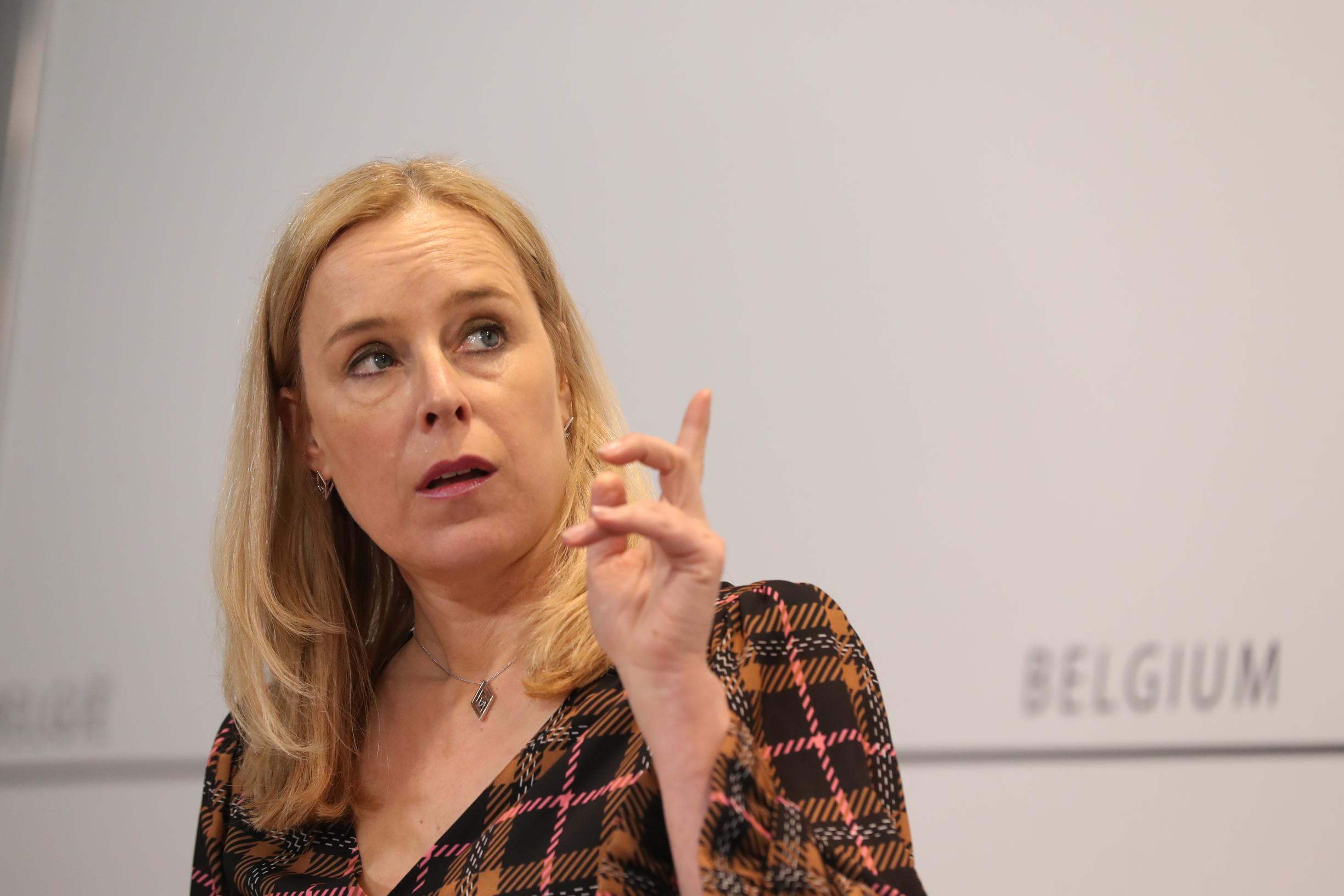Quiz solved? It has so far been unclear when the Great Barrier Reef was formed and how. Now researchers may have found the answer. As a result, the world’s largest barrier reef could only grow when Fraser Island was formed, 1.2 to 0.7 million years ago. Since then, this hook-shaped protruding sand island has protected the reef area from washed-out alluvial sand, thus allowing the corals to establish themselves undisturbed, the team reports in ‘Nature Geoscience’.
The Great Barrier Reef in Australia is an impressive 2,300 kilometers long, making it the largest barrier reef on earth. But when this unique and species-rich UNESCO World Heritage Site was created was previously unclear. Theoretically, the geological and tectonic conditions for this have existed for about 25 million years. For about five million years, even the eastern Australian shelf was north enough to provide tropical corals with the warm water temperatures they need.
Nonetheless, dating of samples from the Great Barrier Reef suggests that this area of the reef formed much later, perhaps as late as about 450,000 years ago. But how can this delay be explained?
An island as a sand barrier
In search of an answer, Daniel Ellerton of Stockholm University and his colleagues investigated another aspect of coral reef formation: sand transport. If too much sand gets wet, it disturbs coral settlement and thus inhibits reef formation. In the case of the Great Barrier Reef, Fraser Island, a sandy island south of the reef area, plays an important role, the team explains.
The island, which protrudes like a hook from the Australian coast, is part of a vast area of sandbars and dunes that act as a barrier: the currents prevailing on the east coast of Australia bring about 500,000 cubic meters of sand every year and transport north along the coast, even as far as the Great Barrier Reef. But the protruding Fraser Island diverts this current towards the edge of the continental shelf, protecting the reef from the influx of sand.
Change about 1.2 million years ago
Only the existence of Fraser Island could therefore have made the formation of the barrier reef possible. But how long has this sand island been around? Ellerton and his team have now investigated this. To do so, they took sediment cores from several locations on the island and from the nearby Cooloola sandbar and dated them using the optically stimulated luminescence (OSL) method. This method reveals when grains of sand were last exposed to light before becoming part of sand islands.
The result: ‘We found that sand islands and dune fields began to form 1.2 to 0.7 million years ago,’ reports the research team. At that time, the growth and shrinkage of the glaciers of the early ice ages caused severe fluctuations in sea levels. This also affected ocean currents and sand transport off the coast of eastern Australia. “Sea level fluctuations have caused a redistribution of sediments on the continental shelf,” explains co-author Tammy Rittenour of Utah State University.
As a result, increasingly elevated sediment masses accumulated near the coast, creating Fraser Island and the surrounding sandbars and dunes.
prerequisite for coral reef formation
According to scientists, this was the decisive impetus for the formation of the Great Barrier Reef. Because of this newly formed reef, northward sand transport slowed and the area of today’s reef now offered more favorable conditions for corals to settle. “The formation of Fraser Island was a necessary step in enabling the southern and central sections of the Great Barrier Reef to form,” say Ellerton and his colleagues.
This could also explain why the world’s largest barrier reef formed much later than would have been possible from a purely tectonic and climatic point of view. “These significant findings change our view of coastal sediment systems,” says co-author Tammy Rittenour of Utah State University. (Natural Geosciences, 2022; two: 10.1038/s41561-022-01062-6)
Those: Utah State University


